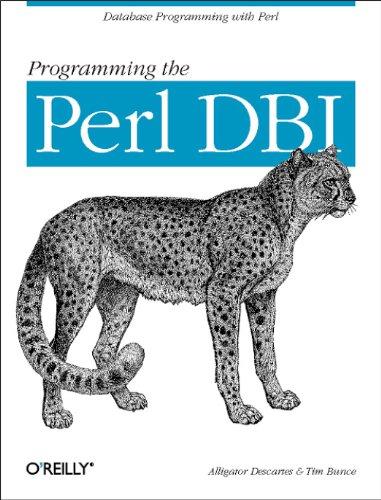Answered step by step
Verified Expert Solution
Question
1 Approved Answer
Use the demographics equation derived in class to make a function which finds the population histories for each of 4 population groups. Migration into group
Use the demographics equation derived in class to make a function which finds the population histories for each of 4 population groups. Migration into group 2 will be defined by a pulse function.
SETUP:
parameters= [ b2,d1,d2,d3,d4,t12,t23,t34] where
b2, birth rate in group 2
di, death rates in group Pi
tij, transition from group Pi to group Pj due to ageing
M2effect, rectangular pulse defined by [Mann2,tStartM2,tEndM2]
initconds= [ Pinit1,Pinit2,Pinit3,Pinit4]
timedata= [tinit,tfinal,delt]
RESULTS:
P1,P2,P3,P4, group time histories
M2, M2 time history



Step by Step Solution
There are 3 Steps involved in it
Step: 1

Get Instant Access to Expert-Tailored Solutions
See step-by-step solutions with expert insights and AI powered tools for academic success
Step: 2

Step: 3

Ace Your Homework with AI
Get the answers you need in no time with our AI-driven, step-by-step assistance
Get Started


